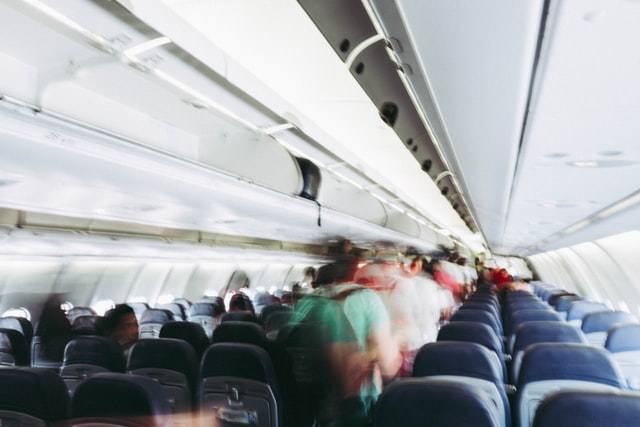
Philippines classified as ‘high risk’ for COVID-19
THE U.S. Centers for Disease Control and Prevention (CDC) is advising unvaccinated citizens to avoid non-essential travel to the Philippines and other countries with “high risk” for COVID-19 transmission.
The Philippines was classified anew as a Level 3 country, posing a significant risk for COVID-19 due to a surge of cases driven by the Delta variant, according to the agency.
In its latest travel health notice released Monday, August 9, the CDC said: “Make sure you are fully vaccinated before traveling to the Philippines. Unvaccinated travelers should avoid nonessential travel to the Philippines.”
“Because of the current situation in the Philippines, all travelers may be at risk for getting and spreading COVID-19 variants,” it added.
The CDC also advised U.S. citizens traveling to the Philippines to follow recommendations or
requirements, including wearing a mask and staying six feet apart from others.
“Nationally, our case classification is now at high risk,” said Philippine Health Undersecretary Maria Rosario Vergeire.
According to the Philippine Department of Health (DOH), the country saw a 47% two-week growth rate with a high risk average daily attack rate of 7.20 cases per 100,000 population.
The agency based the classification on the two-week growth rate, wherein a positive growth shows an increase in infections, and the average daily attack rate (ADAR) or the number of people infected for every 100,000 population.
The Delta variant of COVID-19 has been detected in all 16 cities of Metro Manila and the municipality of Pateros. It has also been detected in 13 out of 17 regions in the Philippines.
As it stands, the country has a total of 450 Delta variant cases, with 10 fatalities and 426 recoveries.
Travelers to the Philippines arriving from non-”green” nations, like the United States, are now required to complete 14 days of quarantine — the first 10 days must be in an accredited quarantine hotel or facility, while the remaining four days will be in isolation at home or at their destination. They will undergo a RT-PCR test on the 7th day of arrival.
Along with the Philippines, other countries placed under Level 3 are: Afghanistan, Armenia, Austria, Azerbaijan, The Bahamas, Barbados, Belarus, Belgium, Belize, Bolivia, Cambodia, Cape Verde, Croatia, Denmark, Dominican Republic, Easter Island, Ecuador, El Salvador, Estonia, Faroe Islands, Finland, the Gambia, Guatemala, Guam, Guyana, Haiti, Honduras, India, Italy, and Jamaica.
Likewise, Japan, Jordan, Kenya, Latvia, Lebanon, Liberia, Lithuania, Luxembourg, Malawi, Mauritania, Mauritius, Mexico, Montenegro, Morocco, Norway, Peru, Puerto Rico (U.S.), Qatar, Russia, Saint Kitts and Nevis, Saint Lucia, Saint Vincent and Grenadines, Senegal, Sint Maarten, Slovenia, Sri Lanka, Sweden, Switzerland, Timor-Leste (East Timor), Trinidad and Tobago, Turkey, Uganda, Vietnam, and Zambia were placed under Level 3.
Meanwhile, several countries, including France, Iceland, Israel and Thailand, are tagged as Level 4 or “very high” risk for COVID-19.






